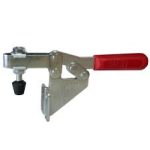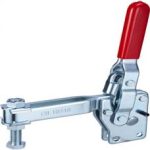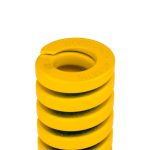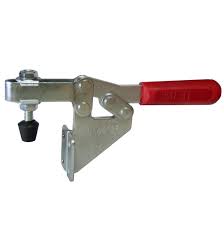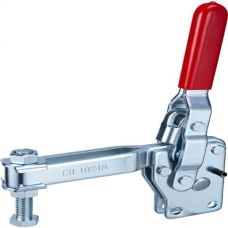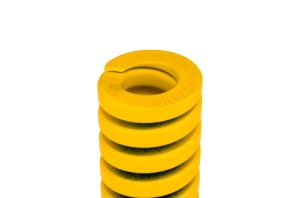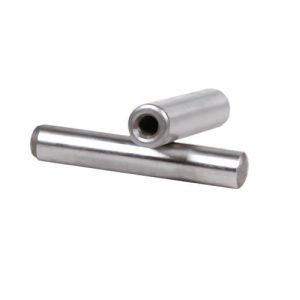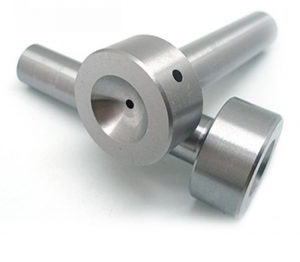Molding making tools play an important role in the manufacturing industry and enable the creation of complex and precise products. These tools have revolutionized various industries including automotive, aerospace, electronics and consumer goods. Investigating the importance of casting molding tools, their types and their impact on modern production processes is a topic that we will continue to explore.
Definition and purpose of casting tools (ابزار قالب)
Molding tools are devices used to shape materials into specific shapes through various techniques such as injection molding, blow molding, compression molding, and rotational molding. Their main goal is to transform raw materials into finished products with fixed dimensions and complex designs.
All kinds of casting tools
A) Injection molds: They are used specifically in mass production processes. They consist of two halves that form a cavity into which molten material is injected under high pressure. This technique is used to produce plastic parts.
b) Blow Molds: Blow molds are used to create hollow objects such as bottles or containers by blowing air into a heated plastic tube or parison.
c) Compression molds: It involves placing preheated material in the mold cavity and applying pressure to shape it. This method is often used for rubber or thermoplastic plastics.
d) Rotary molds: rotate around two axes during heating to create hollow objects such as tanks or playground equipment.
e) Extrusion molds: This process is used to create continuous long shapes with a fixed cross-section such as pipes or tubes. The molten material is forced through the matrix to form the desired shape.
f) Thermoforming: This method involves heating a sheet of thermoplastic material until it becomes flexible, including the use of vacuum or pressure to form it on a mold.
g) Transfer Molding: Similar to compression molding, transfer molding involves guiding molten material into a closed mold cavity using pressure and heat.
h) Foam molding: This technique is used to create foam products by injecting gas or chemicals into plastic or melted rubber materials during the molding process.
Advantages of Mold making tools (ابزار قالب)
A) Accuracy and consistency: Molding tools enable manufacturers to consistently achieve high accuracy in product dimensions and complex designs.
b) Cost effectiveness: Once the initial tooling costs are covered, mass production using molding tools becomes very cost-effective due to reduced labor requirements.
c) Material efficiency: These tools minimize material waste by using only what is needed for each product.
d) Flexibility: With replaceable mold inserts, manufacturers can easily switch between different product designs and allow flexibility in production.
Impact on production processes
A) Increased efficiency: Casting molding tools have significantly improved manufacturing efficiency by reducing production time and increasing production rates.
b) Product quality improvement: The use of molding tools ensures consistent product quality, minimizes defects, and improves customer satisfaction.
c) Innovation and freedom of design: They enable the creation of complex shapes and complex designs that were previously unattainable, thereby fostering innovation in product development.
d) Environmental Considerations: Molding tools contribute to sustainable production practices by reducing material waste and energy consumption.
سخن پایانی
Molding tools have revolutionized the manufacturing industry by providing efficient, cost-effective and precise methods for shaping materials and turning them into finished products. Their impact on various sectors is undeniable, as they have enabled the production of complex designs while ensuring consistent quality. As technology continues to advance, molding tools will undoubtedly play an increasingly vital role in shaping the future of manufacturing.
برای خرید ابزار قالب کلیک کنید

